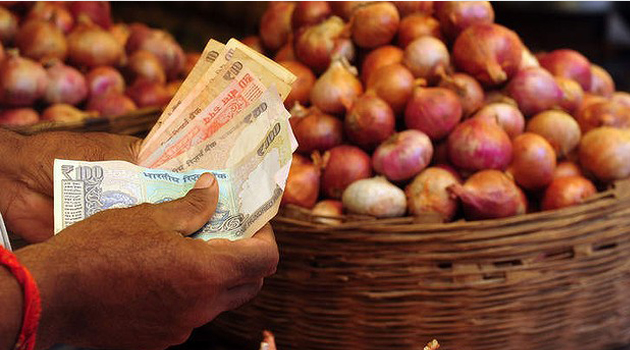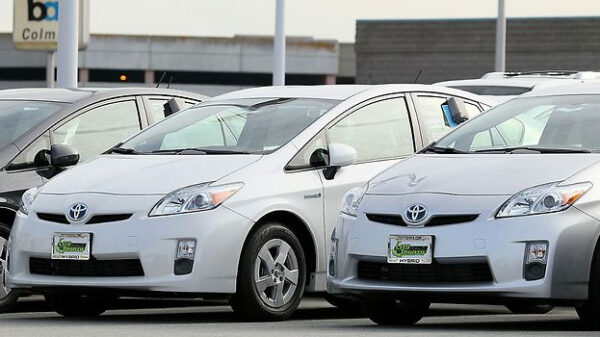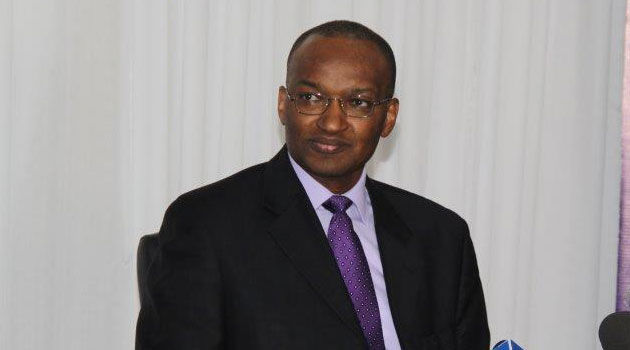NAIROBI, Kenya, Jul 30 – Kenyans will now borrow at a lower interest rate after the Central Bank of Kenya Monetary Policy Committee cut the determining bank rate to 9 per cent from 9.5 per cent.
The move will see Kenyans borrowing at an interest of 13 per cent from 13.5 per cent in line with the interest rate capping rule that limits lending rates to 4 percentage points above the CBR.
This comes four months after the Monetary Policy Committee (MPC) changed its rates from 10 percent to 9.5 percent.
“The MPC noted that inflation expectations were well anchored within the target range and that economic growth prospects were improving. Furthermore, economic output was below its potential level, while noting the risk of perverse outcomes, the Committee decided to lower the Central Bank Rate,” CBK Governor Patrick Njoroge said.
Kenya’s private sector credit growth is expected to remain below 5 per cent in 2018 even as it stood at just 2.4 per cent in December 2017 according to Rating Agency Moodys
The agency said despite Kenya’s economic rebound that will help banks to expand loan growth over the next 12-18 months, it currently remains constrained by the government cap on lending rates.
The government has however indicated plans to review the interest rate capping that was administered in 2016.
Treasury Cabinet secretary Henry Rotich had in June during budget presentation said interest rate capping had a negative impact on the economy.
“A preliminary assessment of the impact of the lowering of the CBR in March 2018 showed that the change under the interest rate capping regime had a smaller and slower impact on key macroeconomic variables such as credit and economic growth,” Njoroge noted.
Data for the first quarter of 2018 showed a strong pickup of the economy, with real GDP growth of 5.7 percent compared to 4.8 percent in the first quarter of 2017.
This outcome was driven by a strong recovery in agricultural activity due to improved weather conditions, a recovery of the manufacturing sector and resilient performance of the services sector particularly wholesale and retail trade, real estate and tourism.
Growth in 2018 is expected to be strong, supported by continued recovery in agriculture, a resilient services sector, alignment of government spending to the Big 4 priority sectors and the stable macroeconomic environment.



































